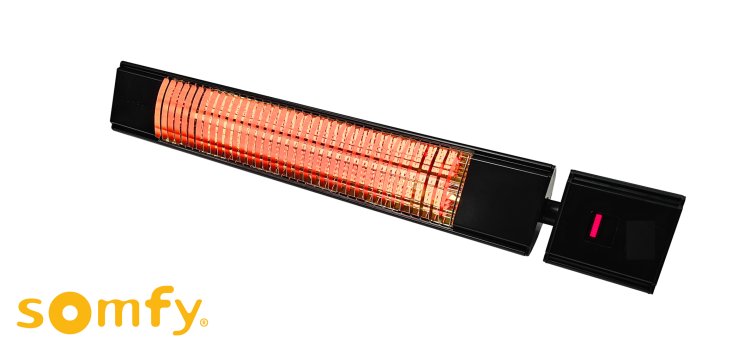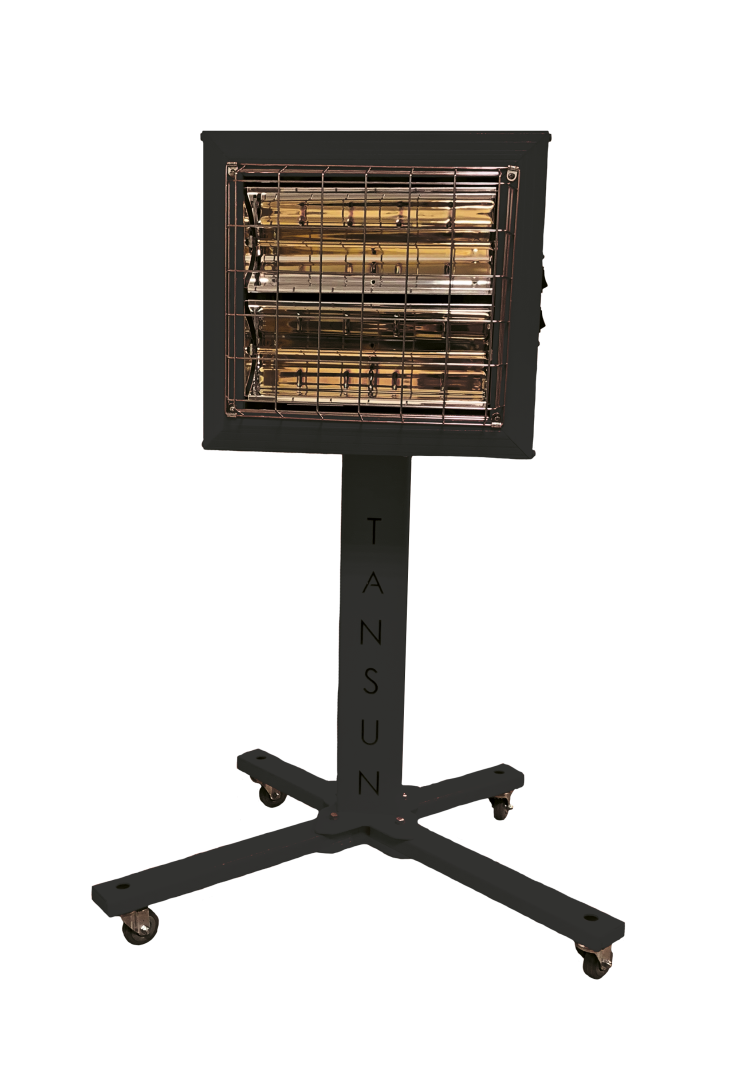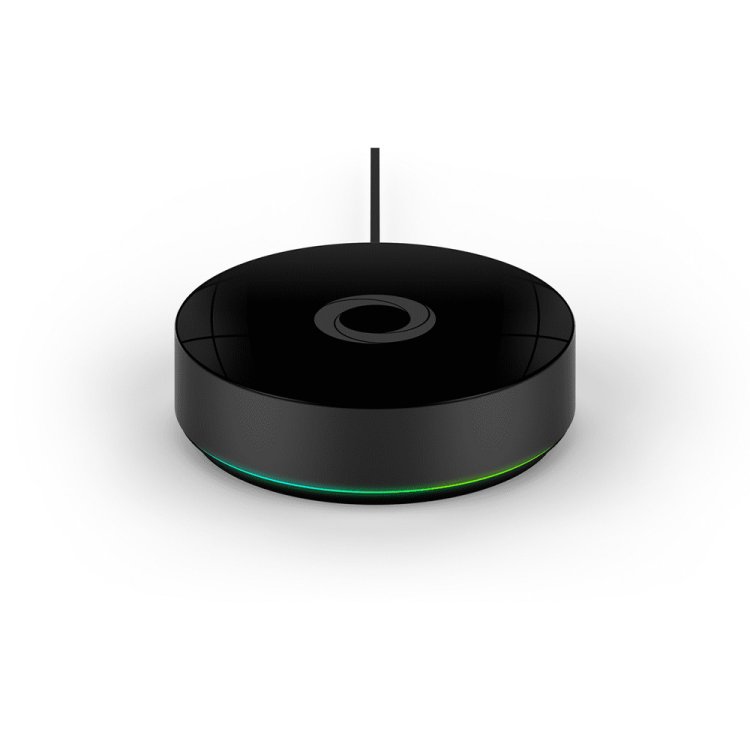Bij verwarming
Bent u op zoek naar een rendabele manier om uw verwarmingskosten naar beneden te brengen? Steeds vaker wordt er gesproken over het instellen van een lagere temperatuur van de centrale verwarming. Het gevolg daarvan is dat het kouder in huis wordt. Bij verwarmen denkt u misschien niet meteen aan infrarood, maar met infraroodverwarming als bijverwarming kunt u energiezuiniger verwarmen en de temperatuur in huis toch lekker aangenaam houden.
Infrarood als energiezuinige bij verwarming
Een extra verwarming in huis aanzetten, klinkt in eerste instantie niet zo energiezuinig. Toch is dat wel het geval. Het voordeel bij verwarming met infrarood is tweeledig. U kunt daadwerkelijk de thermostaat van uw centrale verwarming een tandje lager zetten. Deze slaat dan dus minder vaak aan, waardoor uw verbruik afneemt. U vangt het temperatuurverschil op met infrarood verwarming. Infrarood staat erom bekend een energie-zuinige manier van verwarmen te zijn. Doordat de warmte gericht is op de personen of voorwerpen in de ruimte en niet de lucht in de kamer opwarmt, wordt met infrarood een aangename temperatuur sneller bereikt. Ook de infrarood bijverwarming stelt u dus niet op een hoge temperatuur in. U zet de verwarming uit als de gewenste temperatuur is bereikt.
Wanneer is infrarood verwarming geschikt als bij verwarming?
U kunt infrarood verwarming als bijverwarming gebruiken als u energiezuiniger uw huis wilt verwarmen. Deze oplossing is heel geschikt voor huizen die minder goed geïsoleerd zijn. Ook nieuwbouwhuizen kunnen, dankzij de hoogwaardige isolatie, uitstekend met infrarood bijverwarmd worden. Infrarood is feitelijk voor alle ruimtes in huis geschikt waar u behoefte heeft aan warmte. Dat hoeft dus niet alleen bijverwarming in de woonkamer te zijn. Het kan ook in de slaapkamer, badkamer of de kinderkamer. U gebruikt het als aanvulling op het bestaande verwarmingssysteem. Heeft u in een ruimte geen radiator hangen, bijvoorbeeld in de badkamer of de bijkeuken? Dan is infrarood verwarming als bijverwarming ook voor deze ruimtes een goede oplossing.
Waar plaatst u de bij verwarming met infrarood?
De kans is groot dat u aan uw muren al een radiator voor de centrale verwarming heeft hangen. Daardoor is er geen plaats voor nog een verwarmingselement. Het is echter niet nodig om de energiezuinige bijverwarming aan de muur te bevestigen. Voor een optimale werking kunt u zelfs beter de bijverwarming aan het plafond bevestigen. De ideale hoogte is tussen twee en drie meter. De warmte die de infraroodverwarming afgeeft, heeft op deze manier het beste bereik. De infrarood panelen als bijverwarming hangt u aan het plafond met een ketting óf de meegeleverde beugels. Het is ook mogelijk om het infrarood paneel als bijverwarming in het plafond te integreren. Dat is uiteraard afhankelijk van het soort plafond dat u heeft. Gaat u verbouwen en overweegt u een verlaagd plafond? Dan kunt u tijdens de verbouwing rekening houden met het inbouwen van de energiezuinige bijverwarming.
De voordelen van infrarood als bij verwarming
Naast het energiezuinige aspect van deze vorm van bijverwarming, zijn er nog meer voordelen. Infrarood als bijverwarming is bijvoorbeeld de beste bijverwarming voor ruimtes als de woonkamer en dergelijke, omdat u direct warmte ervaart wanneer u in die ruimte aanwezig bent zodra u de bijverwarming aanzet. Dat betekent dat u deze aanvullende verwarming alleen aan hoeft te zetten als u daar behoefte aan heeft. Hierdoor hoeft u dus vooraf geen rekening te houden hoe de temperatuur zich in de loop van de dag in huis zal ontwikkelen.
Een ander voordeel van infrarood verwarming is dat het geen lucht verplaatst. Ook in bijvoorbeeld de slaapkamer kunt u dus gebruik maken van een infrarood paneel als bijverwarming omdat er geen stofdeeltjes verplaatst worden. Bovendien werkt het geluidloos. Bij de aankoop van een infraroodpaneel heeft u de keuze uit een paneel dat een warme, rode gloed geeft, of een paneel dat geen kleur afgeeft. Beide types geven dezelfde warmte af, u beslist zelf wat uw voorkeur heeft.
Waar op letten bij de aankoop van infrarood bij verwarming
Wilt u infrarood bij verwarming kopen? Dan is het een goed idee om vooraf te bekijken hoeveel wattage de infrarood bijverwarming moet hebben. Dat is onder andere afhankelijk van de isolatiewaarde van de woning. Ook de oppervlakte van de ruimte waar de infrarood panelen als bijverwarming komen te hangen, is belangrijk. Bij weinig isolatie heeft u een hoger wattage nodig, bijvoorbeeld 105 Watt/m² bij twee buitenmuren. Als u normale isolatie heeft, zou 85 Watt/m² moeten volstaan.
De beste infrarood bij verwarming vindt u bij Wardenaar
Wilt u weten wat voor u de mogelijkheden van infrarood verwarming als bijverwarming? Neem dan contact op met Wardenaar. Wij geven u graag advies en beantwoorden al uw vragen.














































